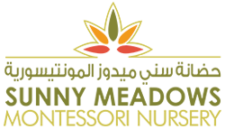Choose from our
start now
is Montessori ?
Named after its founder, Dr Maria Montessori, the Montessori method is an educational philosophy based on child-centred learning that was developed in the early 20th century by this visionary, Italian physician. It is much more than just an educational approach – it is a way of raising children and for many, it is a way of life.
‘The greatest sign of success for a teacher…is to be able to say, ‘The children are now working as if I did not exist’’
Maria Montessori
We focus on six key areas
Sensorial Play
Sensorial Play
Practical Life Exercises
Practical Life Exercises
Language and Literacy
Language and Literacy
Mathematics
Mathematics
Science, Culture and Environment
Science, Culture and Environment
Creative Subjects
Creative Subjects
We have a different theme each week and carefully monitor the progress of each child via regular one-to-one sessions and appraisals.
Each term we have at least one event for parents to participate in and we regularly take children on outings and excursions based around a given theme that week.
Classrooms
The Montessori Method groups children of different ages together, in order that the younger ones might learn from the older and that the older ones mentor the younger ones. This cross-aged tutoring setup fosters responsibility, respect for others, and community.
In our nurseries, children are grouped as seen below:

Babies
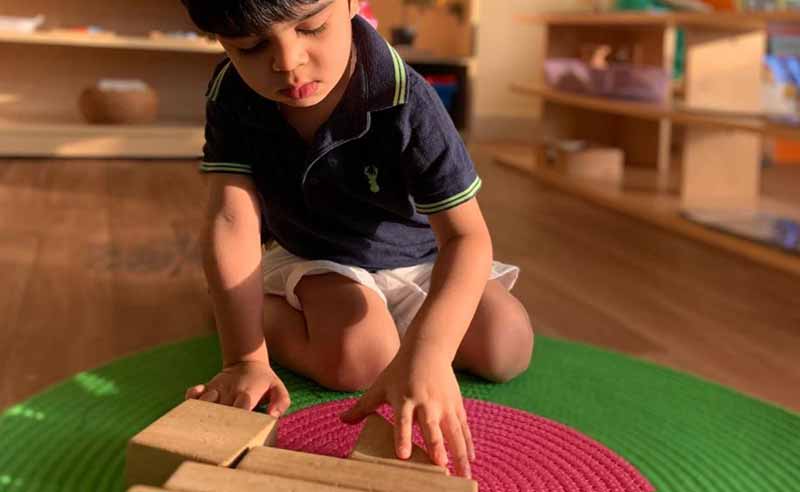
Toddlers
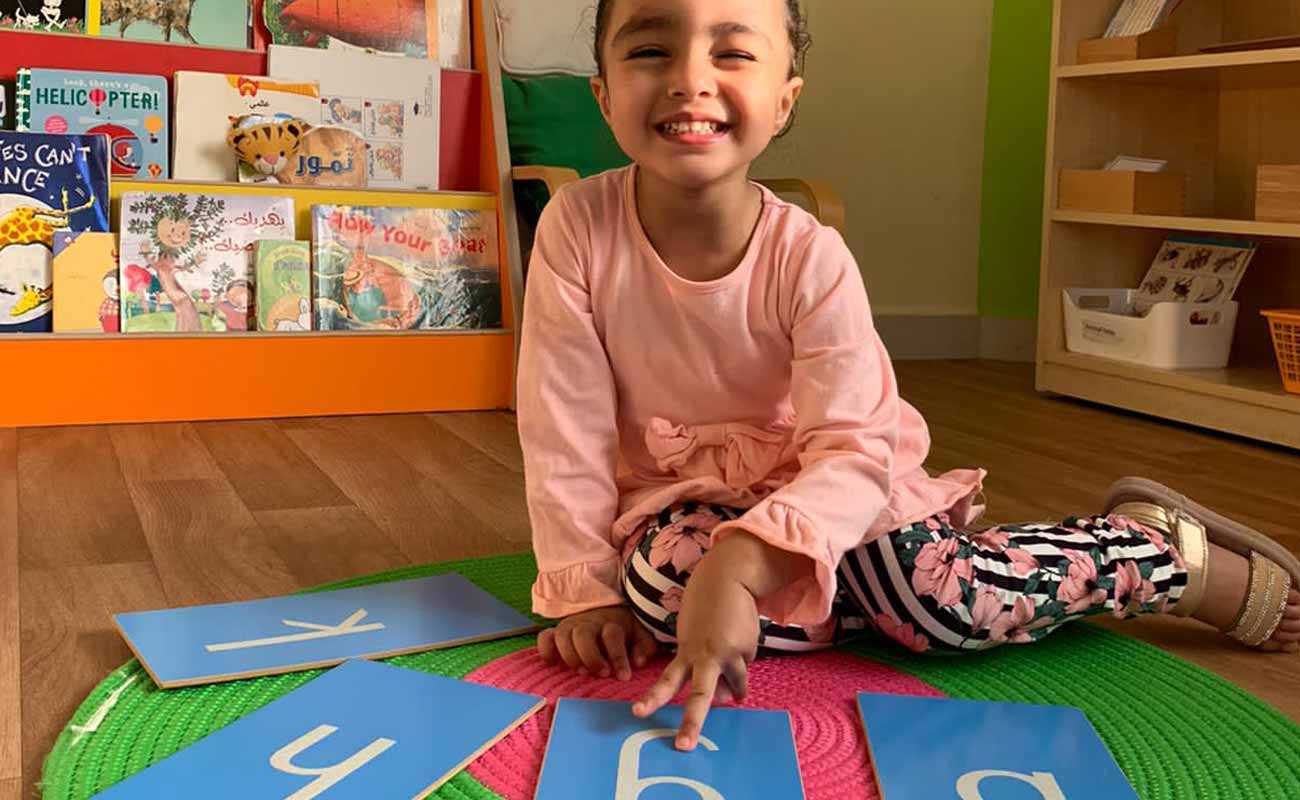
Montessori group
*Each grouping is subjected to each child’s individual readiness and capabilities.
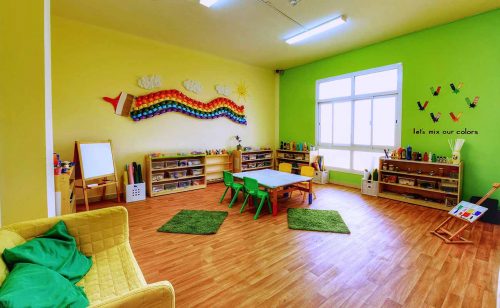
From as young as two months old, children in our nurseries begin their Montessori journey by exploring sensorial materials to develop their curiosity and ignite a desire for physical and cognitive development. Our open plan toddler’s room introduces basic Montessori learning materials encompassing the six areas of learning. This prepares our younger children before they move into our traditional, Montessori class settings. Each day, children are invited to participate in structured circle time sessions where the directress presents a theme using multi sensory materials, including a song or story, for the children to explore. Circle times are offered in two languages, each day (Arabic, English.) We also offer Islamic sessions to those that are interested.
Classrooms
The Montessori classroom, is a comfortable living area for the child – stimulating, beautiful and well-ordered. Everything is within the child’s reach. Each child chooses his/her activities from open shelves and works in their own work areas – on tables or on rugs on the floor, in small groups or individually.
You will find the following areas in each of Sunny Meadows’ classrooms –
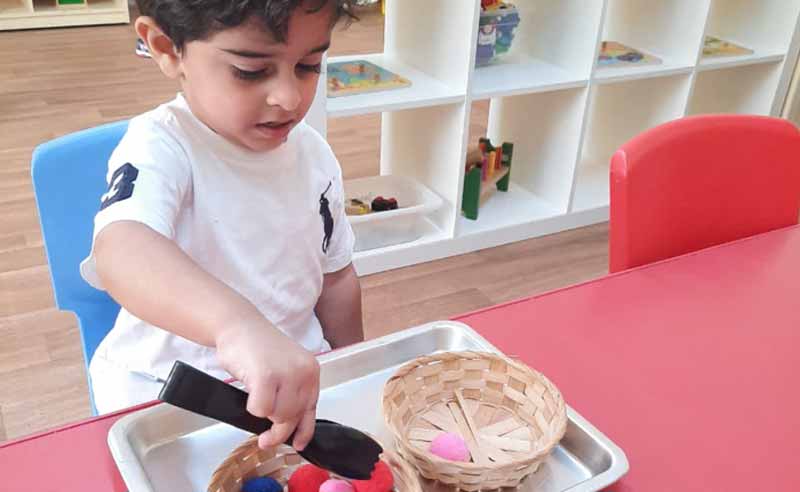
Practical Life Area
The practical life materials enhance the development of task organization and cognitive order through care of the self, care of the environment, exercises of grace and courtesy and refinement of movement and coordination, whilst also developing pre-language and mathematics skills indirectly. We have traditional Montessori dressing frames and other activities include pouring water into jugs, polishing, threading and using tongs, pincers and pipettes to move small objects from one vessel to another. Our teachers and assistants change the activities regularly and find this is always one of the most popular areas of the classroom!.
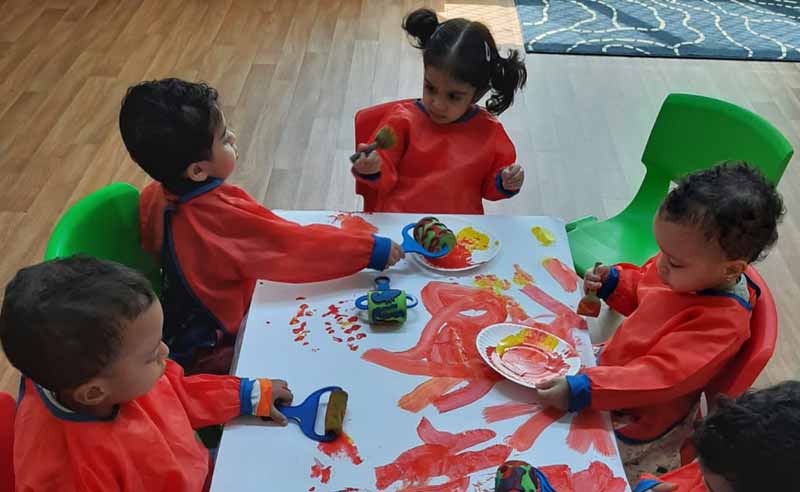
Sensorial Area
Sensorial materials enable the child to order, classify and describe sensory impressions in relation to length, width, temperature, smell, mass and colour, etc.
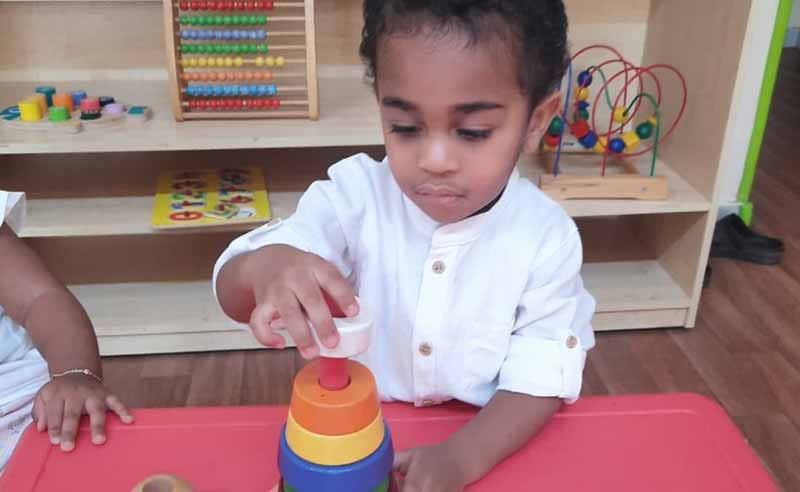
Mathematics Area
The Montessori mathematics materials allow the child to understand fundamental concepts using concrete and physically manipulative implements. This allows the child to internalize the concepts of number, symbol, sequence, operations and memorization of basic facts. Materials such as the number rods, spindle boxes and counters, provide simple yet concrete step by step guides to learning numbers and counting . Children learn how to measure and pour and how to grade big and small, for example.
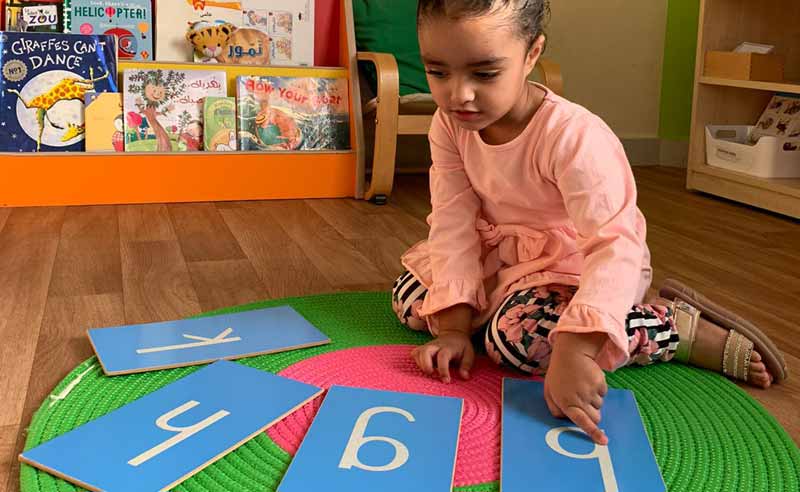
Language Area
Language work includes oral language development, written expression, reading, as well as the study of grammar, creative dynamics and children’s literature. Basic skills in writing and reading are developed through the use of sandpaper letters (loose alphabet letters), metal insets and various presentations allowing children to effortlessly link sounds and symbols and to express thoughts in writing.
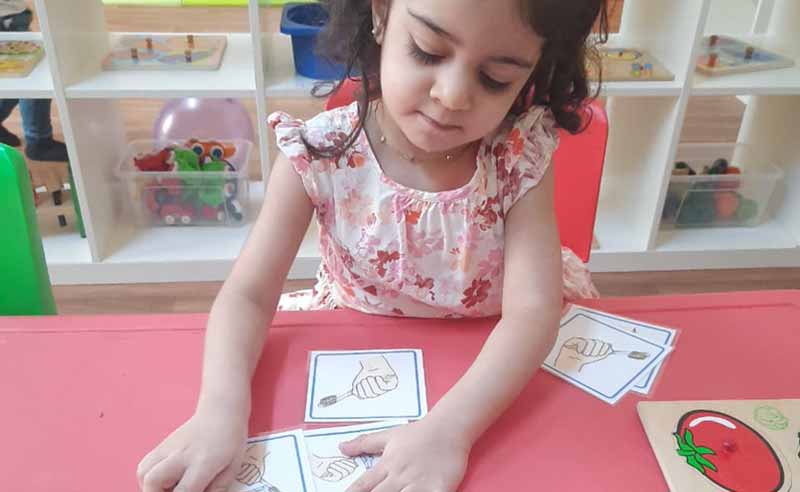
Cultural Area
Cultural work encompasses all of the sciences. The child is presented with geography, history, life sciences, music, art, and movement education in the form of puzzles, themed objects, books, the globe and other materials.
